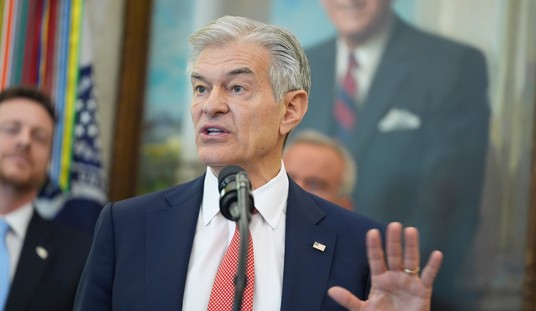The federal food stamp program—now called SNAP—is attracting a lot of media coverage. One reason for this is that the program’s costs have exploded—spending more than quadrupled during the Bush-Obama years to $82 billion in 2013 (see here and here p. 16). The Clinton, Bush, and Obama administrations all took steps to loosen the purse strings on food stamp eligibility, and those changes have led to the ballooning costs of recent years during the stagnant economy.
Aside from the rising costs, two other aspects of SNAP have garnered interest. One is food stamp fraud. The other is the program’s “Twinkie problem”: taxpayers are paying for billions of dollars of junk food, which seems like a huge waste of money to most people.
These two issues have come together in a high-profile effort by a group of media organizations that is demanding greater transparency in SNAP operations. The organizations—led by the Association of Health Care Journalists (AHCJ)—have sent a letter to Agriculture Secretary Tom Vilsack (whose agency oversees SNAP) asking for full disclosure about where food stamps are being spent and what they are being spent on. The Daily Caller reports on the issue here.
Let’s look at the fraud issue. The government claims that the food stamp trafficking rate is just 1 percent and the general overpayment rate is just 4 percent. I suspect that the real rates are much higher, for three reasons: First, the overall costs of SNAP and the number of beneficiaries have skyrocketed. Second, SNAP is ideally suited for abuse: the USDA has few investigators to police the roughly 200,000 SNAP retailers, any of whom could be scamming the system. Third, overpayment rates on other federal subsidy programs are often around 10 percent. Medicare and Medicaid overpayments are in that range, for example, and overpayments have long been around 20 percent in the EITC program.
The AHCJ-led effort is asking the USDA to release data on food stamp purchases by retail outlet. This would be a very useful resource for investigators across the nation to help the government reduce waste and fraud. Are food stamps being cashed in at liquor stores? Which corner stores have unusually high food stamp usage? Let’s get detailed SNAP data on the Internet and allow journalists and the public to help answer these questions. After all, scandal after scandal illustrate that the federal government is lousy at policing programs itself.
The journalists are also asking the USDA to provide detailed breakdowns of the types of food being purchased with SNAP money. It’s remarkable that in an era of Bloomberg-style efforts to restrict private food choices, the government itself runs a giant $82 billion program that subsidizes junk food. How much junk food? We don’t know, and that’s what many journalists want to find out.
Food stamps can be used to purchase just about any edible item other than alcohol, hot food, restaurant meals, and live animals. The USDA explains the rules here and specifically notes that “soft drinks, candy, cookies, snack crackers, and ice cream” are allowed.
Many health experts would like to ban junk food purchases in the food stamp program because they want Americans to eat more nutritious food. I’m a libertarian, so I don’t want the government telling people what to eat. But I think banning junk food in SNAP would be a good step for a different reason: it would greatly reduce demand for the program and thus cut taxpayer costs. If we told the 48 million users of food stamps that they could only use their electronic subsidy cards to buy items like spinach and broccoli, a lot fewer people would use the program and they would buy less stuff.
Why has the USDA been stonewalling journalists on providing SNAP program data? I’m guessing that federal officials don’t want to be embarrassed about: 1) how much taxpayer money goes toward junk food, and 2) the endless series of stories about SNAP fraud that would likely be generated if journalists could explore the program’s operational details.
Optimally, SNAP should be terminated altogether and food subsidy activities left to the states—or better, to private charities. But until that reform happens, the current effort to pry open the workings of this giant hand-out program would be big step in the right direction.
Some links of interest:
A leaked database of food stamp usage in Massachusetts. This is the type of data that should be released nationally by the USDA.
A study on the corporate lobbying surrounding food stamps. This liberal group doesn’t want to cut spending, but it provides an excellent summary of the junk food issue, transparency, and the benefits of SNAP to the banking industry.
WaPo columnist Charles Lane on SNAP junk food.
Some of Tad DeHaven’s analyses of food stamps are here, here, here, here, and here.
My overview of federal food subsidies.
























Join the conversation as a VIP Member